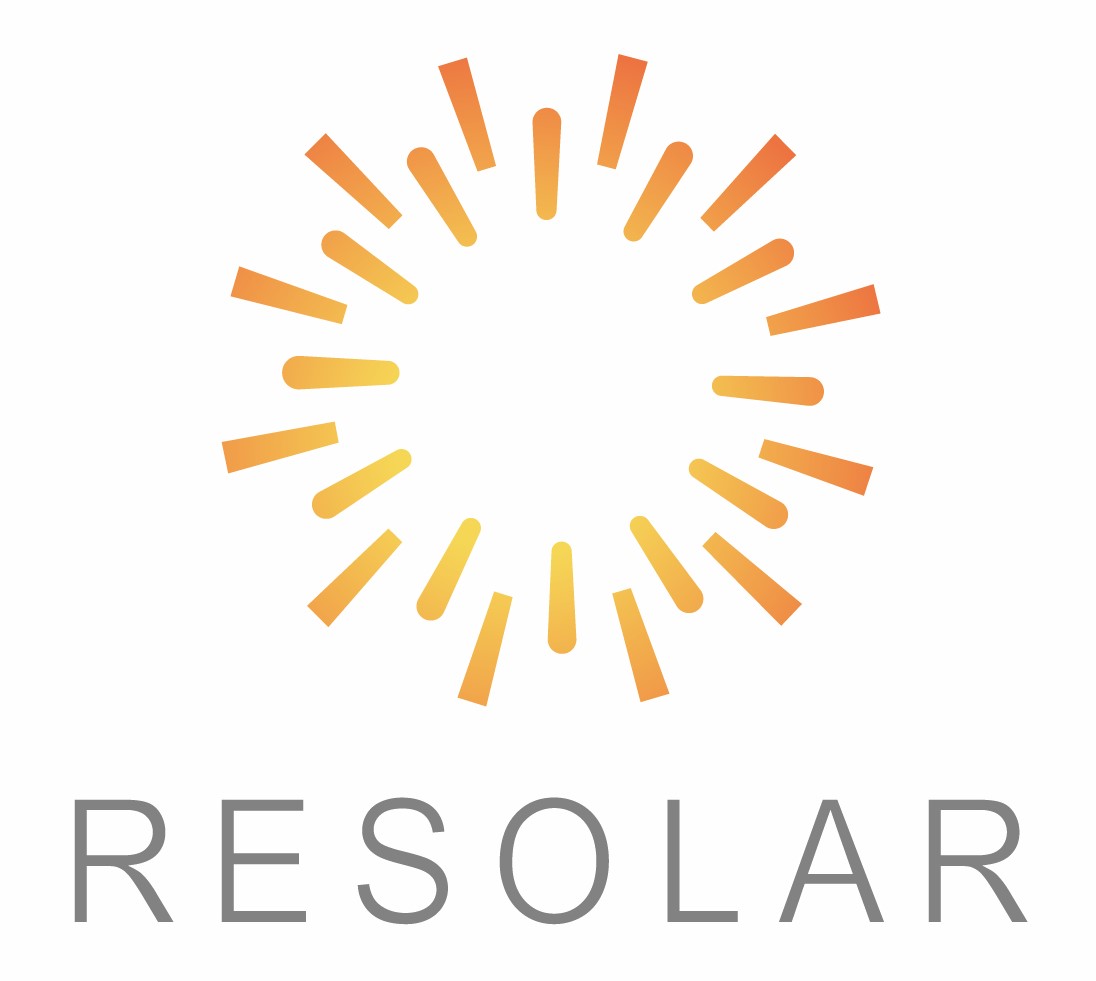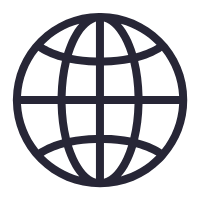News Center
—— NEWS CENTER ——
On April 27, the 14th "Green Gold Meeting" Salon, sponsored by China Environment News and undertaken by China Academy of Environmental Protection Industry, was held in Beijing. At the scene, experts participating in the meeting conducted in-depth discussions and exchanges on the theme of "How to get through the 'last mile' of the industrial chain through the recovery and recycling of decommissioned photovoltaics".
China is the world's largest photovoltaic application market. With the large-scale application of photovoltaics, retired photovoltaic modules have become a big problem. As an emerging solid waste, it has huge circular economic benefits, but it also brings new challenges to the development of the industry.
At the meeting site, the discussion atmosphere was lively. Experts participating in the meeting made in-depth exchanges and analysis on when the "scrapping tide" will come, the repair and treatment technology of decommissioned photovoltaic modules, the current pain points and difficulties faced by the industry, and how to solve them.
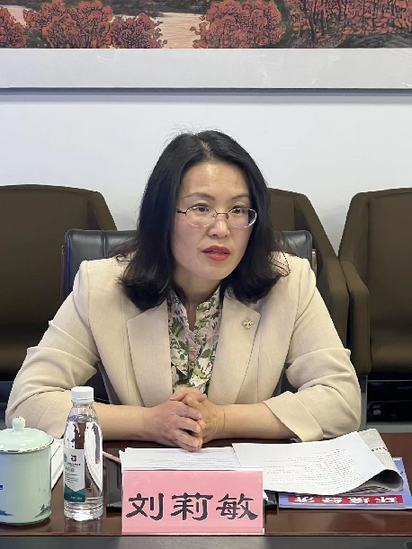
Limin LIU, Deputy Secretary-General of Photovoltaic Recycling Industry Development Cooperation Center of China Green Supply Chain Alliance Photovoltaic Committee
The meeting first discussed the issue of when the "scrap tide" will come. Limin LIU, Deputy Secretary-General of the Photovoltaic Recycling Industry Development and Cooperation Center of the Photovoltaic Committee of the China Green Supply Chain Alliance, quoted the data of the International Energy Agency-by 2050, China will reach 20 million tons. Then it cited research data from the Zero Carbon Research Institute commissioned by Greenpeace and the China Environmental Protection Federation in 2022. The data shows that by 2030, it will reach 1.4 million tons and the output value will reach 13 billion. After that, by 2040, it will reach 20 million tons, with an output value of 150 billion. There will be a large market for photovoltaics in the future.
She believes that China's photovoltaic "scrap wave", taking into account factors such as optimized replacement, will come earlier than reported by the International Energy Agency.
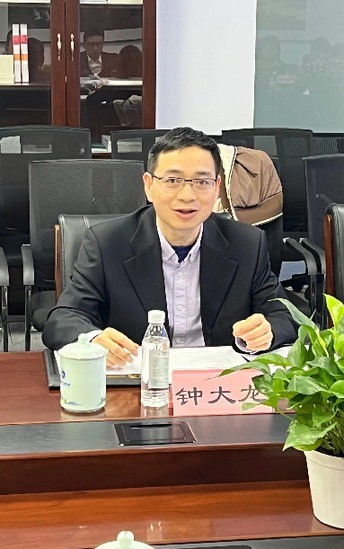
Dalong ZHONG, Technical Director of Solar Energy Field, Beijing Institute of Low Carbon and Clean Energy, China Energy Group
Dalong ZHONG, technical director of solar energy field of Beijing Low Carbon Clean Energy Research Institute of China Energy Group, affirmed the above point of view. He believes that China’s photovoltaic decommissioning will definitely come earlier than the time predicted by the International Energy Agency. To a certain extent, many companies are considering preparing to replace more efficient components.
The participating experts also made corresponding introductions on the current restoration and processing technology of the decommissioned photovoltaic module recycling industry.
Limin LIU introduced that there are two major routes for photovoltaic recycling, one is physical method and the other is chemical method. There are no strict boundaries in the real industrialization process. Usually, physical methods or chemical methods are more advantageous in a certain process or link, and the future technical route must be comprehensively applied.
Cascade utilization is the main flow direction of decommissioned photovoltaic modules at present. The current main flow direction is to Africa and other cascade utilization. The largest utilization method must be the cascade utilization. The repair technology is usually a simple repair, such as the replacement of cables, bypass diodes, junction boxes, backplanes and other related repairs can be done on site, while the replacement of battery slices needs to be operated in a professional workshop.
Dalong ZHONG supplemented the above introduction. He reminded that the silicon material itself cannot be reused, and polysilicon and monocrystalline silicon cannot be made anymore. Silicon has a wide range of uses and can be used as a substitute for industrial raw materials. According to traditional methods, its aluminum frame and glass backplane can be reused, which can be summarized into comprehensive utilization and recycling.
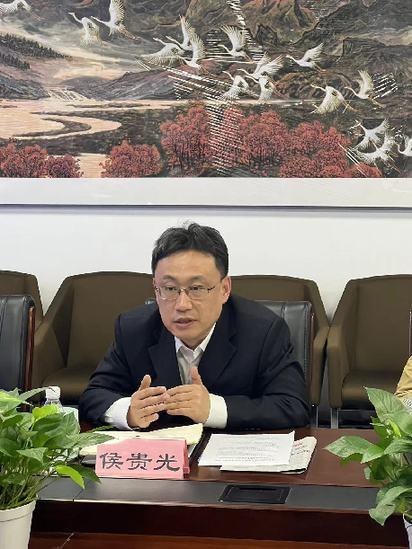
Guiguang HOU, Director of the Comprehensive Business Department of the Solid Management Center of the Ministry of Ecology and Environment
In summarizing the current pain points and difficulties faced by the decommissioned photovoltaic module recycling industry, Guiguang HOU, Director of the Comprehensive Business Department of the Solid Management Center of the Ministry of Ecology and Environment, said that the tide of scrapping will come early, and there are many gaps in technology, standards, and management policies. There are no specific regulations on the mixture and related elemental emissions involved in end-of-life photovoltaic modules. During the dismantling process, environmental risk control is still in the exploratory stage, and no relevant mature standards have been issued.
Dalong ZHONG believes that, first of all, there are deficiencies in the top-level planning and design, and the existing relevant policies are not suitable for the recycling of waste photovoltaic modules. Secondly, there are certain difficulties in obtaining the source of waste photovoltaic modules. Third, the flow of new energy solid waste across regions is difficult, and many policies restrict the flow of solid waste across regions. Finally, the recycling technology of waste photovoltaic modules is still immature, the cost is high, and the recycling companies are uneven. How to gather and utilize the strength of "small, scattered and poor" enterprises and strengthen the research and development of recycling technology and industrialization promotion, so as to reduce environmental impact The impact is minimized, and the related issues are very difficult.
In response to the above-mentioned difficult and hot issues, the participating experts gave professional opinions. Liu Limin put forward four suggestions:
1. It is necessary to strengthen the overall planning and incorporate the photovoltaic recycling target into the overall planning. At present, many institutions are carrying out standard research, including the photovoltaic recycling standard system, the main body of responsibility, and the extension of the production responsibility system.
2. Do more research, listen to international suggestions for component companies and the opinions of companies engaged in front-line production, and have a clear understanding of the decommissioning wave.
3. In order to improve the traceability of photovoltaic module recycling, it is necessary to do a good job in overall planning and identification of responsible entities.
4. It is necessary to establish a photovoltaic recycling network relying on information technology, use the Internet + to help the healthy and orderly development of the photovoltaic recycling industry, and optimize the industrial layout and technical route.
About RESOLAR
Shanghai RESOLAR Energy Technology Co., Ltd. is committed to becoming a recycled material photovoltaic group with deep decarbonization. RESOLAR focuses on technological innovation and builds a world-leading solution for component recycling, impurity removal of damaged cells, recycled silicon materials and cells, and cascaded utilization of components. With professional technology and services, we help customers realize the recycling and reuse of waste photovoltaic resources, and make positive contributions to the development of environmental protection and new energy industries. For more detailed information, you can browse the official website: www.resolartech.com .
Latest developments/news
Contact information
Service Hotline: 13585742918 (Monday to Friday 9:00-18:00)
Enterprise email: ps@resolartech.com (Reply within 48 hours after receiving the email consultation!)
Company Address: Building 8, No. 1528, Wangxu East Road, Fengjing Town, Jinshan District, Shanghai (Caohejing Fengjing Park)
